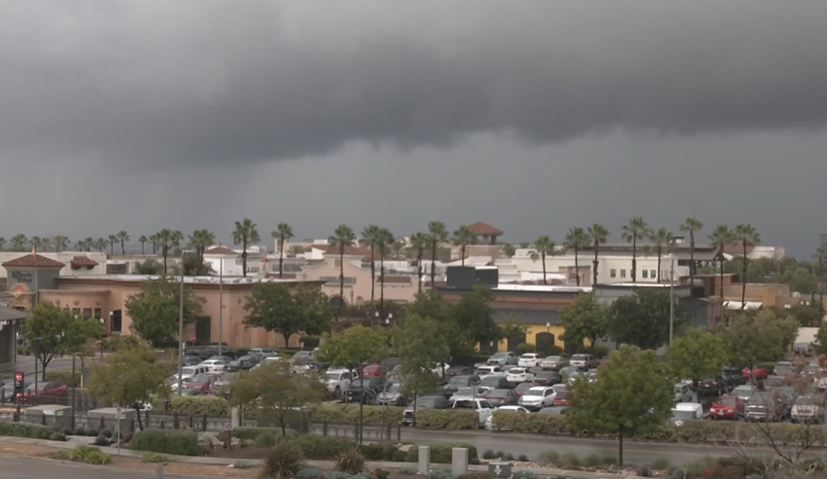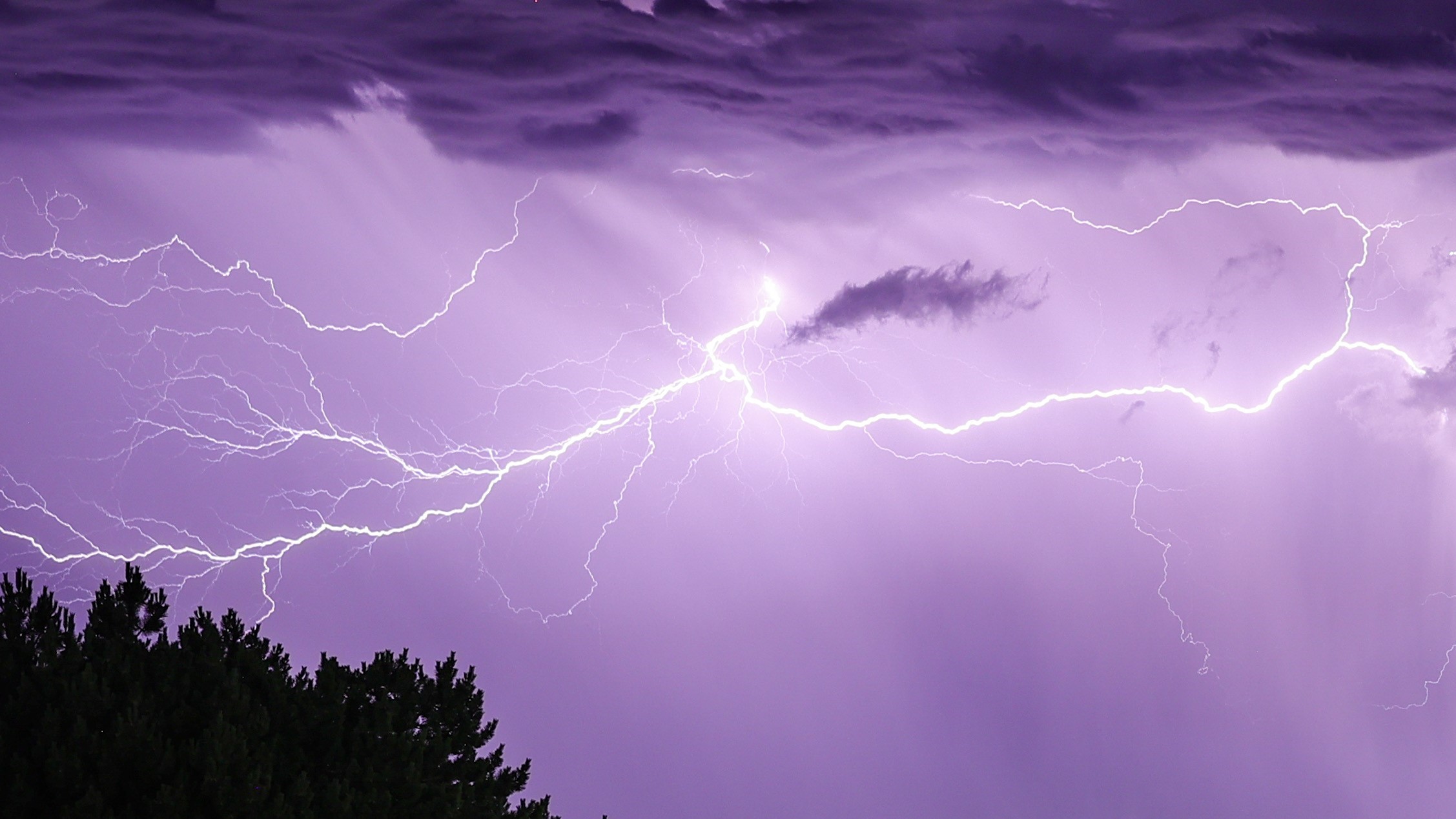It’s a rare occurrence, but here we are still talking about it: a tornado warning in San Diego.
The warning, which was issued shortly after 11:30 Tuesday morning after an anomaly on the Doppler radar near Chula Vista, expired 45 minutes later.
San Diego Storm Coverage
Out of a cluster of cells on radar one triggered a warning that San Diegans aren’t used to getting. A tornado warning? In San Diego? It caught Alex Orlina and Eileen Ferguson Beaver by surprise.
Get San Diego local news, weather forecasts, sports and lifestyle stories to your inbox. Sign up for NBC San Diego newsletters.
‘’I was very surprised," Orlina said. "I did not know what to think."
Some people received alerts on their smartphones; others saw pictures online.
‘’I saw something in the East County, something like a funnel cloud,’’ Beaver told NBC 7.
NBC7 Chief Meteorologist Sheena Parveen said radar picked up indicators that determined there could be a tornado.
‘’This particular cell had enough rotation to where it could be possible that it could produce a tornado, which is why we had a tornado warning,’’ Parveen said.
For a tornado to occur, you need a thunderstorm with rotation. As Parveen put it, in the higher levels of the atmosphere, you have competing winds that cause a counterclockwise rotation in the cloud that can lead to the formation of a funnel cloud. If that touches the ground, you can have a funnel cloud.
Meantime, amid the tornado warning messaging, and whether you were in the path of the storm or not, perhaps you were thinking to yourself, what should I do during a tornado warning?
‘’If you’re in the warned area, if you’re in the pathway of this storm, you need to get into an interior hallway or closet," Parveen said. "You have to stay away from windows. You want to get into the lowest level of your home."
If you're in a mobile home, a car or outside, the National Weather Service recommends moving to a shelter to protect yourself from flying debris.
The NWS said a tornado warning, which will come from the local forecast office and often includes a smaller area around the county, means you should take action.
’’We’re not used to getting warning messages on our smartphone or on our TV,’’ said Alex Tardy with National Weather Service San Diego.
Tuesday’s tornado warning was detected on radar, according to Tardy. He compared the radar NWS uses to one that a police officer would use to detect the speed of a car.
‘’So what we saw at 11:30 is what we call rotation, with winds coming in and out creating a circulation,’’ Tardy said. ‘’A lot of times it’s a precursor to a severe thunderstorm and sometimes a tornado where it’s actually touching the ground and causing damage.’’
Tardy said the NWS received reports of wall clouds and funnel clouds, both of which are parts of the beginning stages of what can turn into a tornado.
‘’We have to have any confirmation of debris, damage to trees or property, or anything like that,’’ Tardy said.
Tardy said that in the past 12 months, three tornado warnings were issued, including the one issued Tuesday. On March 30, a tornado warning was issued for Valley Center. During Tropical Storm Hilary on Aug. 20, a tornado warning was also issued north of Alpine.



